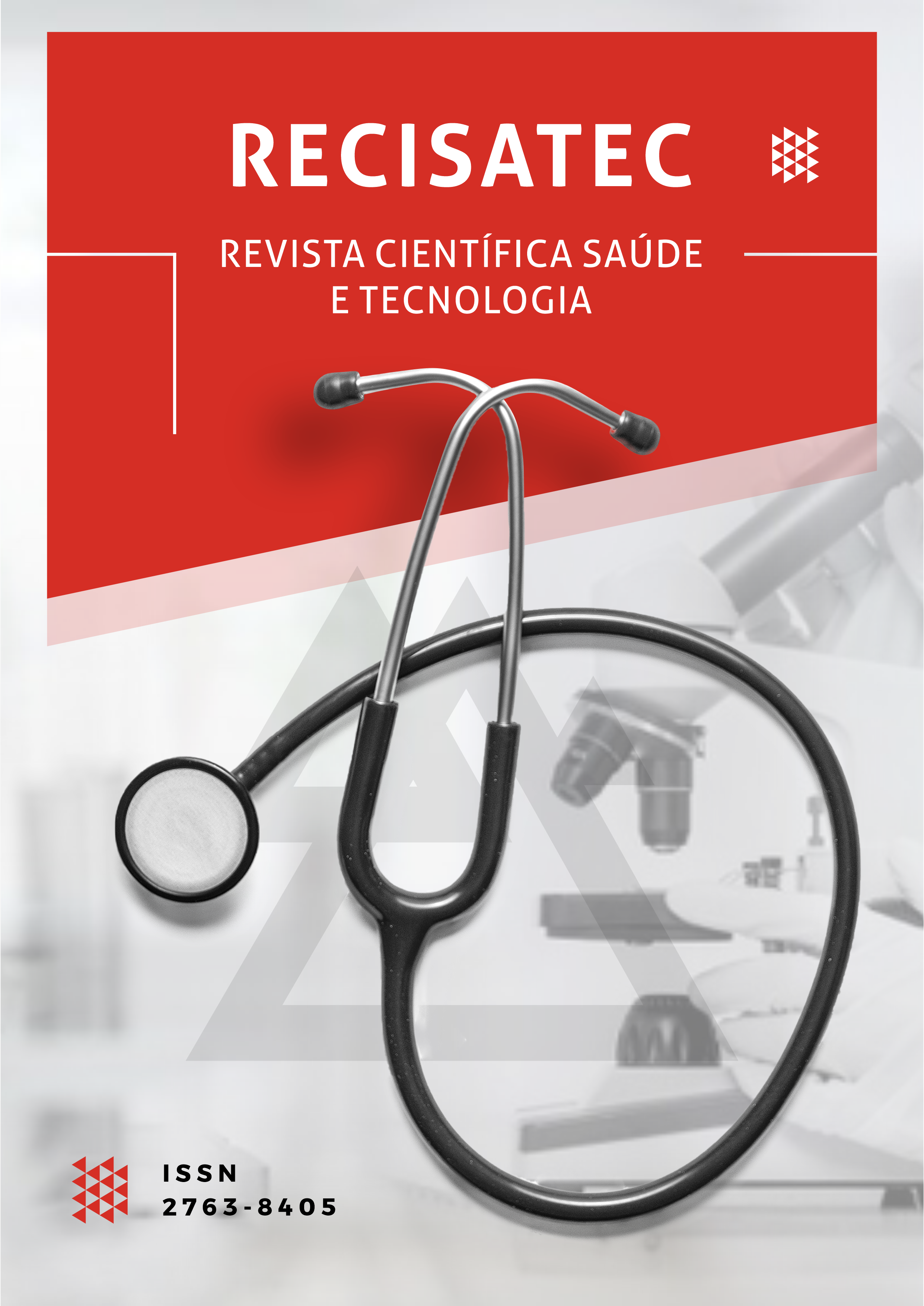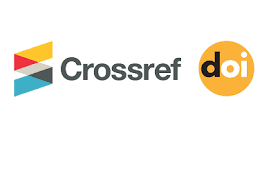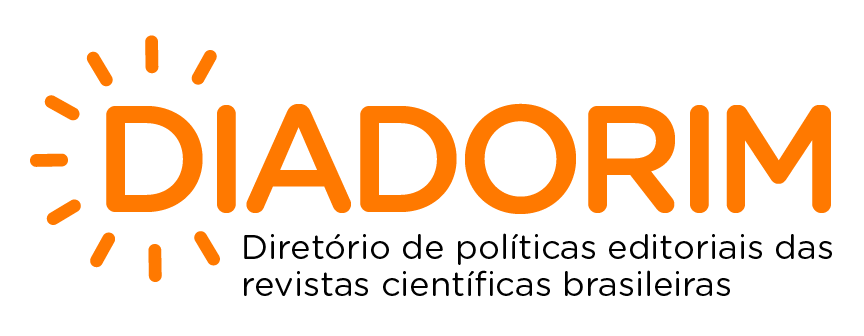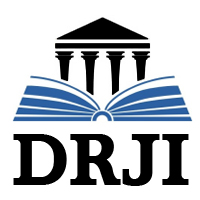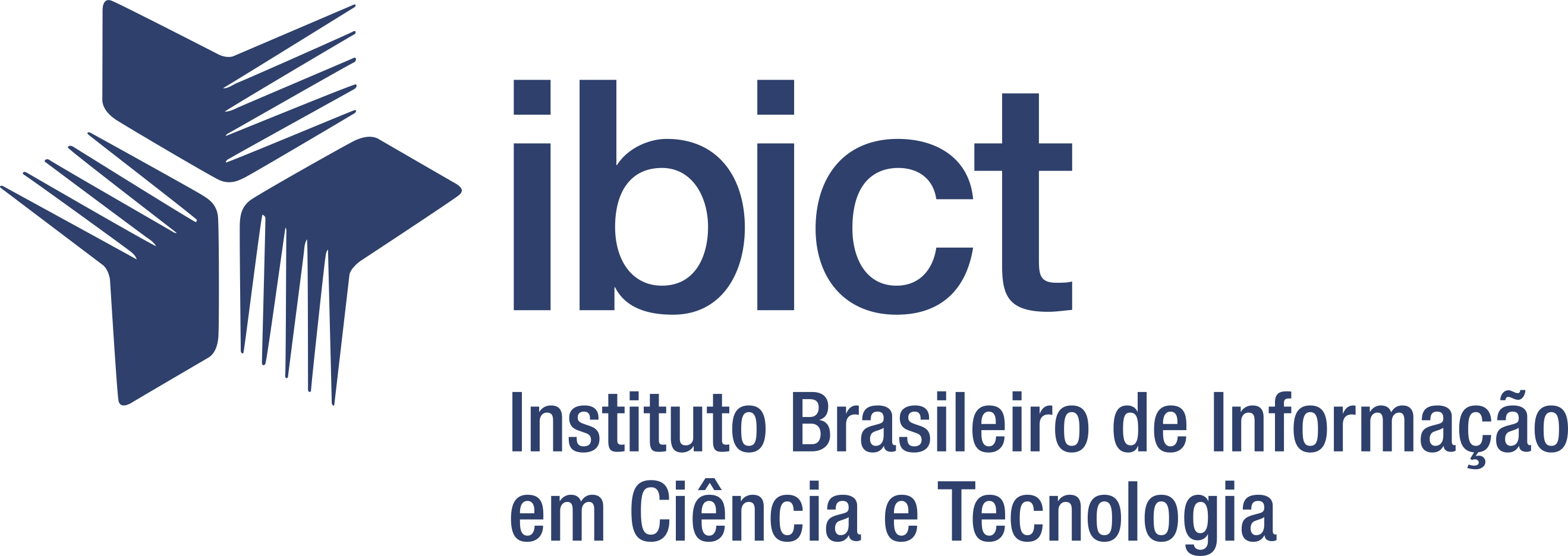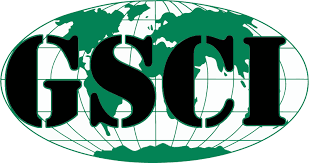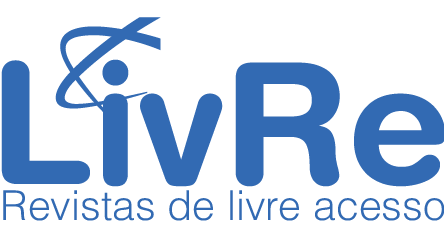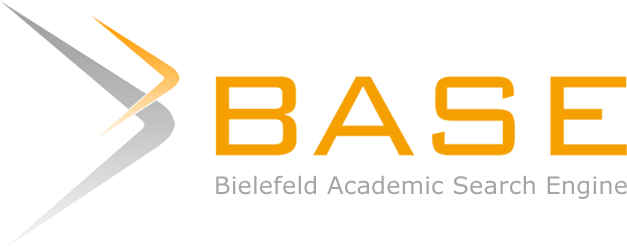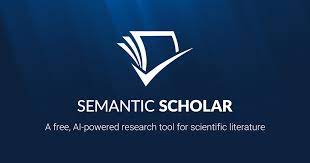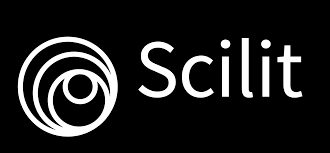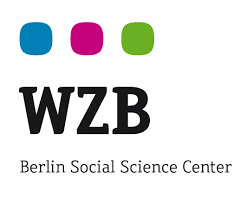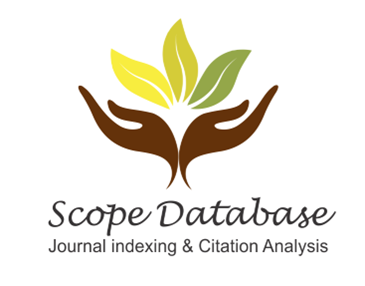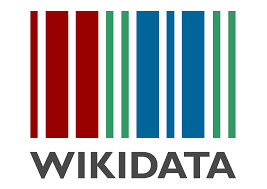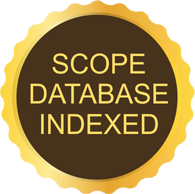A WAVELET THRESHOLDING APPLICATION ON PARTICULATE MATERIAL CONCENTRATION TIME SERIES
DOI:
https://doi.org/10.53612/recisatec.v1i2.7Palavras-chave:
ruído é extremamente importante na análise de dadosResumo
Denoising data is extremely important in data analysis to visualize patterns, estimate structural features present in the data and avoid misclassifications. In environmental field, it is of interest to identify days with high air pollutants levels that can impact on population health. Pollutants levels collected data in a certain region, as occur in any data collection procedure, have presence of random noise, which can lead to misclassifications of the real context of pollution at the considered region. In this sense, statistical denoising methods are welcome to reduce noise in the data. The present paper proposes the use of a soft wavelet thresholding with universal threshold policy for denoising particulate materials (PM) time series and identifying days with high concentration levels of these pollutants. The technique is applied on PM10 and PM2.5 time series collected by the São Paulo Environmental Company (CETESB) from Santos station during the period of 2018-2020.
Downloads
Referências
Angelini C, Vidakovic B (2004) Gama-minimax wavelet shrinkage: a robust incorporation of information about energy of a signal in denoising applications. Stat Sin 14:103–125.
CETESB, (2021a) https://cetesb.sp.gov.br/ar/poluentes/. Acesso em 23/08/2021.
CETESB, (2021b) https://cetesb.sp.gov.br/ar/padroes-de-qualidade-do-ar/ . Acesso em 23/08/2021.
Daubechies, I., (1992) Ten Lectures on Wavelets. SIAM, Philadelphia. DOI: https://doi.org/10.1137/1.9781611970104
Donoho DL (1993a) Nonlinear wavelet methods of recovery for signals, densities, and spectra from indirect and noisy data. in Proceedings of Symposia in Applied Mathematics, volume 47, American Mathematical Society, Providence: RI. DOI: https://doi.org/10.1090/psapm/047/1268002
Donoho DL (1993b) Unconditional bases are optimal bases for data compression and statistical estimation. Appl Comput Harmonic Anal 1:100–115. DOI: https://doi.org/10.1006/acha.1993.1008
Donoho DL (1995a) De-noising by soft-thresholding. IEEE Trans Inf Theory 41:613–627. DOI: https://doi.org/10.1109/18.382009
Donoho DL (1995b) Nonlinear solution of linear inverse problems by wavelet-vaguelette decomposition. Appl Comput Harmonic Anal 2:101–26. DOI: https://doi.org/10.1006/acha.1995.1008
Donoho DL, Johnstone IM (1994a) Ideal denoising in an orthonormal basis chosen from a library of bases. Compt Rend Acad Sci Paris A 319:1317–1322.
Donoho DL, Johnstone IM (1994b) Ideal spatial adaptation by wavelet shrinkage. Biometrika 81:425–455. DOI: https://doi.org/10.1093/biomet/81.3.425
Donoho DL, Johnstone IM (1995) Adapting to unknown smoothness via wavelet shrinkage. J Am Stat Assoc 90:1200–1224. DOI: https://doi.org/10.1080/01621459.1995.10476626
Mallat, S. G. (1998) A Wavelet Tour of Signal Processing. Academic Press, San Diego. DOI: https://doi.org/10.1016/B978-012466606-1/50008-8
Nason, G.P. (2008) Wavelet Methods in Statistics with R. Springer. DOI: https://doi.org/10.1007/978-0-387-75961-6
Reményi N, Vidakovic B (2015) Wavelet shrinkage with double weibull prior. Commun Stat Simul Comput 44(1):88–104. DOI: https://doi.org/10.1080/03610918.2013.765470
Sousa, A.R.S., (2020) Bayesian wavelet shrinkage with logistic prior. Communications in Statistics: Simulation and Computation.
Sousa, A.R.S, Garcia, N.L. and Vidakovic, B., (2020) Bayesian wavelet shrinkage with beta prior. Computational Statistics. DOI: https://doi.org/10.1007/s00180-020-01048-1
Sousa, A.R.S. (2021) Encolhimento bayesiano de coeficientes de ondaletas sob priori de Champernowne com aplicações. RECIMA21.
Vidakovic, B., (1999) Statistical Modeling by Wavelets. Wiley, New York. DOI: https://doi.org/10.1002/9780470317020
Downloads
Publicado
Como Citar
Edição
Seção
Categorias
Licença
Copyright (c) 2021 RECISATEC - REVISTA CIENTÍFICA SAÚDE E TECNOLOGIA - ISSN 2763-8405

Este trabalho está licenciado sob uma licença Creative Commons Attribution 4.0 International License.
Os direitos autorais dos artigos/resenhas/TCCs publicados pertecem à revista RECISATEC, e seguem o padrão Creative Commons (CC BY 4.0), permitindo a cópia ou reprodução, desde que cite a fonte e respeite os direitos dos autores e contenham menção aos mesmos nos créditos. Toda e qualquer obra publicada na revista, seu conteúdo é de responsabilidade dos autores, cabendo a RECISATEC apenas ser o veículo de divulgação, seguindo os padrões nacionais e internacionais de publicação.

